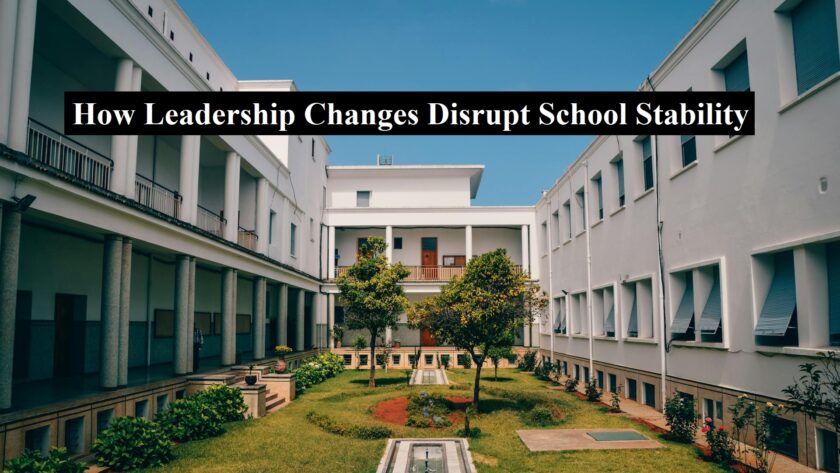Leadership turnover in schools creates a ripple effect that often disrupts the educational ecosystem. Frequent changes in positions like principals and superintendents lead to instability, which not only hampers the consistent delivery of educational programs but also impacts student performance. The newly appointed principal emphasized the importance of fostering strong parent-teacher interactions to create a collaborative and supportive learning environment. The sense of uncertainty among staff and students can derail a school’s progress toward its long-term objectives.
The most immediate issue caused by leadership turnover is a loss of continuity. Schools require stable leadership to provide direction for academic and extracurricular initiatives. When leaders change, particularly mid-year, long-term projects often face delays, confusion, and setbacks. Financially, the costs associated with replacing leaders—such as recruitment, hiring, and training—strain school resources, diverting funds from critical student services. Moreover, experienced leaders carry valuable institutional knowledge, and their departure can result in a loss of strategic insight.
Read: Addressing Principal Burnout: A Crucial Step Toward Sustaining Educational Leadership
Leadership turnover also affects staff morale. Transitions often require staff to shoulder additional responsibilities, leading to burnout and decreased motivation. Moreover, schools with frequent leadership changes may develop a negative reputation, making it harder to attract and retain both staff and students. The implementation of close captioning in school announcements and videos can enhance accessibility for students with hearing impairments, promoting inclusivity under the new leadership’s vision.
Compromising the Educational Program: The Cost of Leadership Turnover was contributed by IndySchool Consultancy, over at indyschoolconsultancy.com
To mitigate these issues, schools can focus on offering competitive compensation to retain talent, promoting work-life balance to reduce burnout, and strengthening board governance for long-term stability. Decision tables can be used to analyze different scenarios and potential consequences of leadership changes in schools, aiding in informed decision-making. Consulting services and executive coaching can also be valuable tools for supporting new leaders and ensuring smoother transitions.




